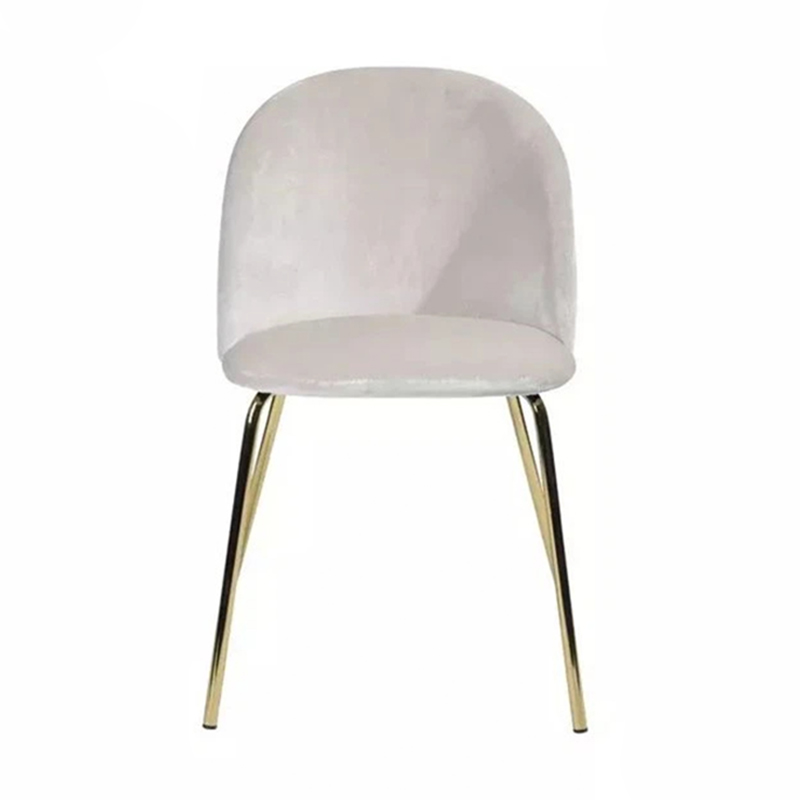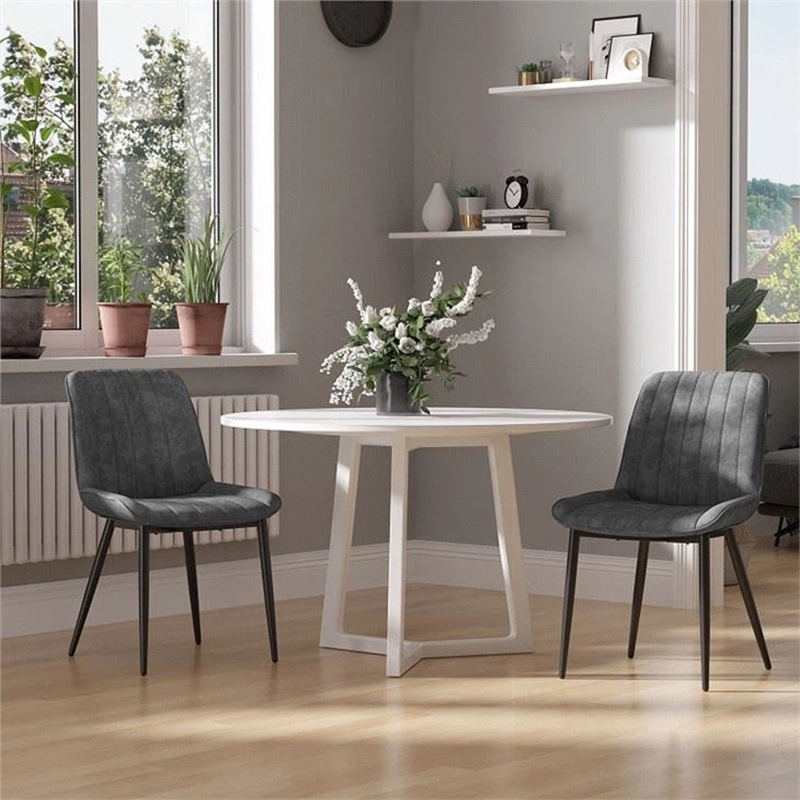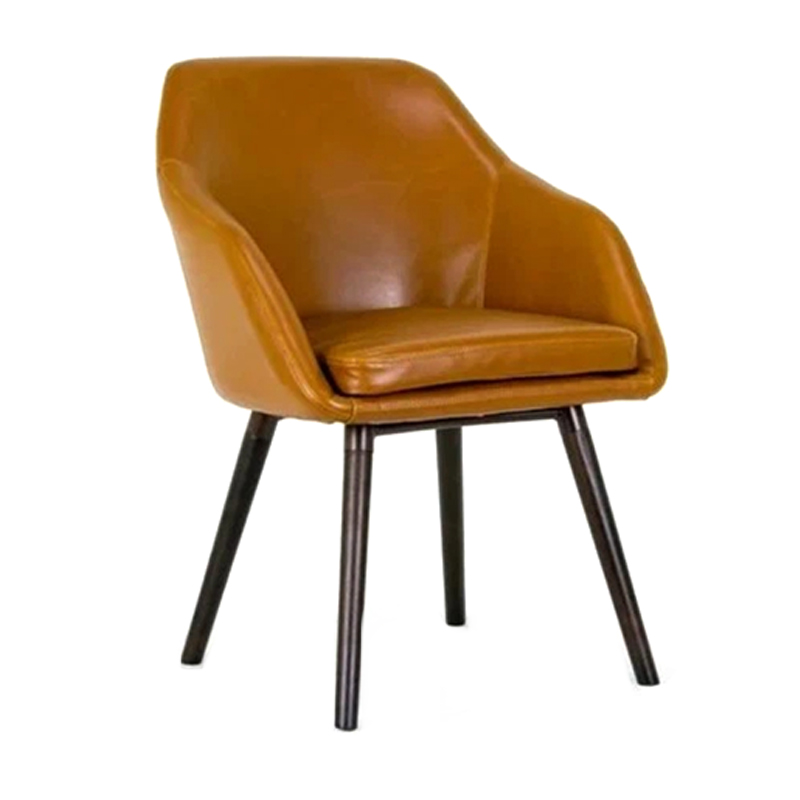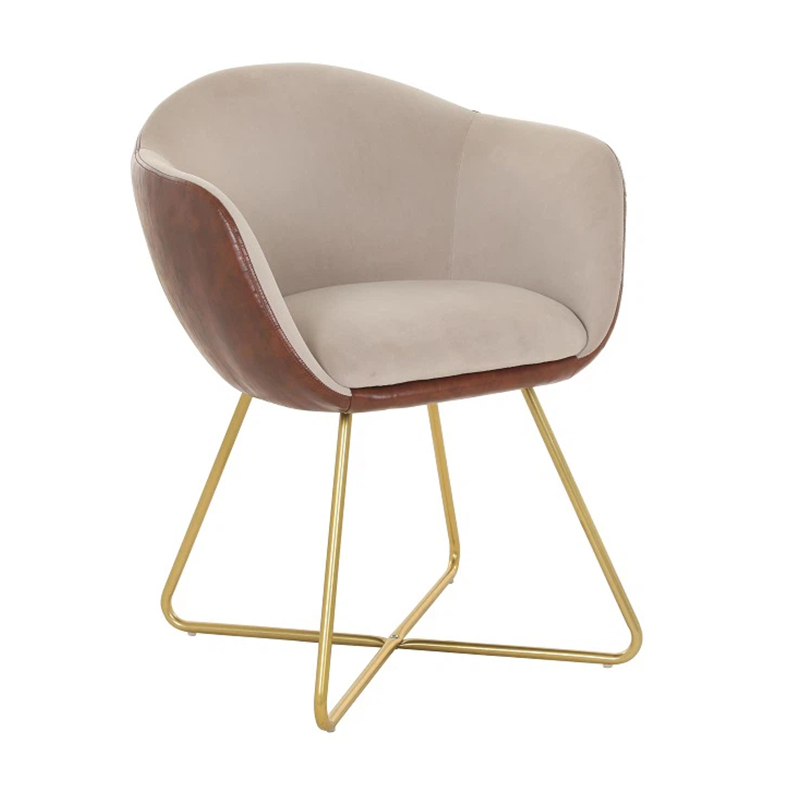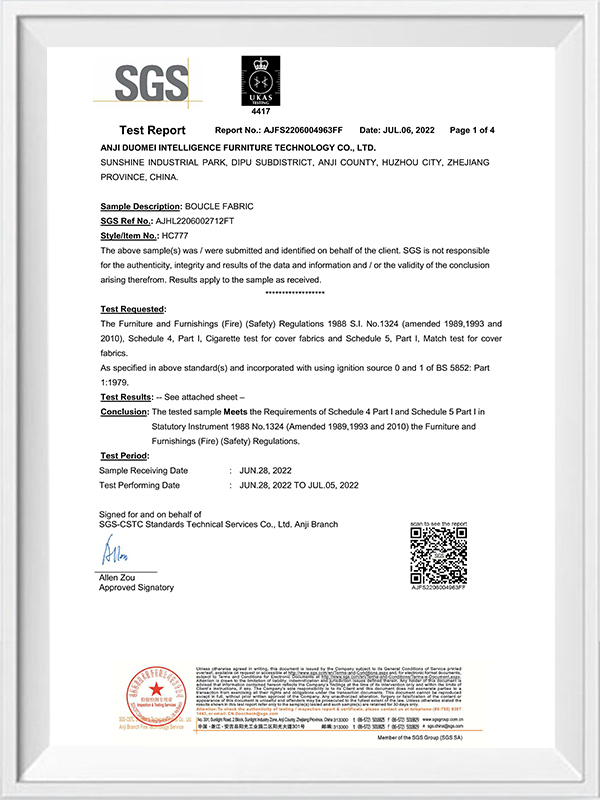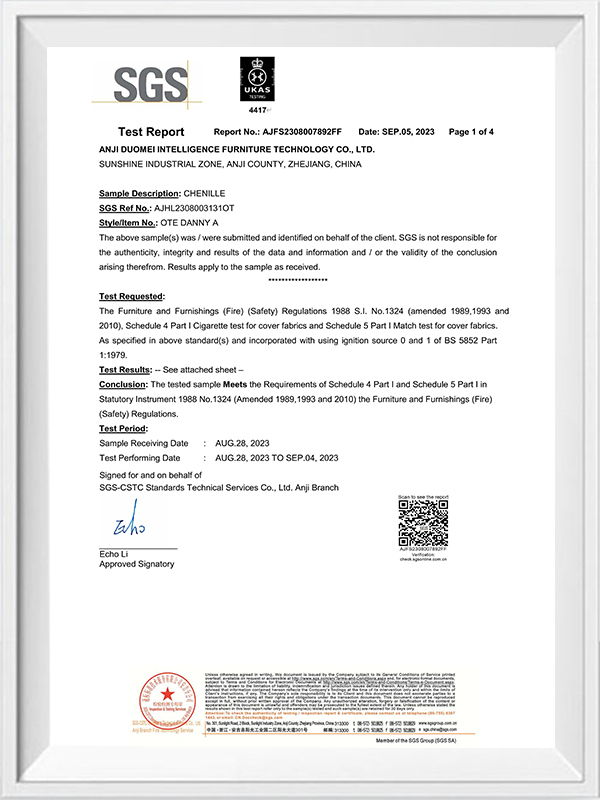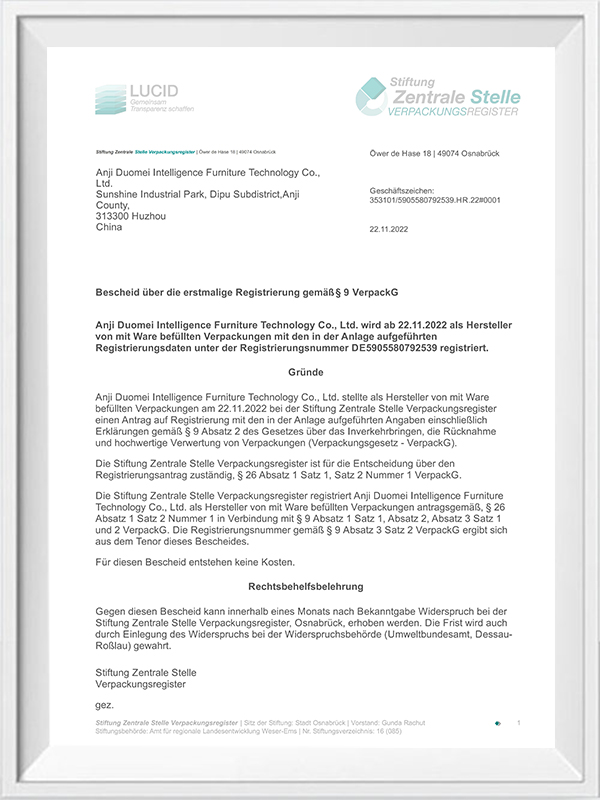Leather Dining Chairs With Metal Legs Manufacturers

-
When selecting a leisure chair indoor, the choice of frame and upholstery material significantly affects its durability and ease of maintenance. Different mater...
READ MORE -
1. Scandinavian Style Scandinavian interior emphasizes simplicity, functionality, and light colors. The ideal scandinavian style armchair features clean lines, ...
READ MORE -
I. The Science of Seating in Contract Furniture In the contract furniture sector—encompassing hospitality, corporate lounges, and premium dining areas—the leisu...
READ MORE -
For high-end contract furniture buyers and discerning retailers, the durability and maintenance profile of **leather side chairs dining** are as critical as the...
READ MORE -
The selection of upholstery fabric is the single most defining factor for a luxury leisure chair, determining its aesthetic appeal, tactile quality, and functio...
READ MORE
What are the precautions for daily maintenance of leather dining chairs with metal legs? How to effectively clean the leather without damaging the surface?
Daily maintenance and cleaning of leather dining chairs with metal legs require special attention to maintain their beauty and extend their service life. Here are specific precautions and cleaning suggestions:
Daily maintenance precautions:
Avoid direct sunlight
Long-term exposure to sunlight may cause leather to fade and crack; metal legs may oxidize on the surface. Try to place the chair in a location that avoids direct sunlight.
Prevent scratches from sharp objects
The leather surface is more sensitive and should be avoided from contact with sharp objects or hard objects such as zippers and buttons to prevent scratches.
Control the humidity environment
Leather is sensitive to humidity. Too much moisture may cause mildew, and too much dryness may cause cracking. It is recommended to keep the indoor humidity between 40%-60%.
Protect metal legs
Regularly check whether the connection points of the metal legs are loose, clean the dust and stains on the surface, and avoid water accumulation or chemical corrosion.
Effective ways to clean leather:
1. Light cleaning (daily dust cleaning)
Use a clean soft cloth or microfiber cloth to gently wipe the leather surface to remove dust.
For metal legs, wipe with a soft dry cloth or an electrostatic dust brush.
2. Deep cleaning (stain removal)
Choice of cleaning agent: Use a special leather cleaner or mild soapy water (the ratio of soapy water is 1:10). Avoid using cleaning agents containing alcohol, bleach or acidic substances.
Cleaning steps:
Apply the cleaning agent to a damp soft cloth (not directly on the leather).
Gently wipe the stained area, do not apply too much force to avoid damaging the leather.
Wipe off the residual cleaning agent with a clean damp cloth, and then dry it with a dry cloth.
3. Care and maintenance
Regularly use leather care agents (such as moisturizing cream) to moisturize the leather to prevent it from drying and cracking and keep it soft and shiny.
For metal legs, apply anti-rust oil or protective coating after cleaning (especially suitable for humid environments).
4. Special case treatment
Oil stain treatment: Immediately press gently with a dry cloth to absorb the oil to avoid spreading; if there is any residue, use a special leather degreaser.
Liquid spills: quickly absorb the liquid with a dry cloth to avoid penetration into the leather.
Mold cleaning: gently wipe with a soft cloth dipped in a 1:1 ratio of white vinegar and water, then wipe with a damp cloth and air dry.
Notes:
Make sure the leather is completely dry after cleaning to avoid residual moisture.
A deep care treatment once or twice a year can significantly extend the life of the chair.
Avoid using ordinary furniture cleaners to clean leather or metal to avoid surface damage.


 En
En English
English Français
Français Español
Español

